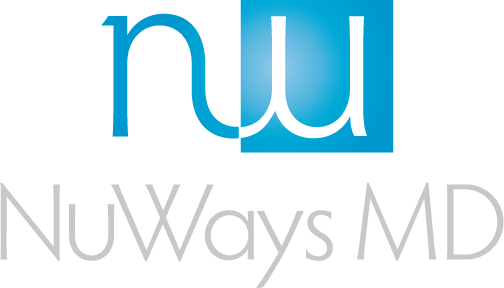Become the best
Version of you
Fresher, younger, and
more confident
Face Treatments
Everyone should have amazing skin. Acne, scarring, sun spots, aging, freckles, pigmentation, loose skin – we can handle it.
Body Treatments
From non-surgical fat loss, laser hair removal, and vaginal rejuvenation. There’s nothing our broad range of body services can’t handle.
Specialties
Feel better, look better, and live better. Our specialty treatments are here to improve your appearance, wellbeing, and mobility.
Welcome to
NuWays MD Anti-Aging & Wellness in Boca Raton, FL
With a combined 45+ years of expertise, the experts at NuWays MD are heavily involved in the utilization and development of anti-aging, skin rejuvenation, and stem cell-focused procedures and beyond. Located in beautiful Boca Raton, Florida, NuWays MD has been at the forefront of medical technologies. With numerous specialists under one roof, we work as a team to customize treatment plans that get patients back to looking and feeling their best!
Call Us: (567) 432-5760

OUR MOST POPULAR
Aesthetic Treatments
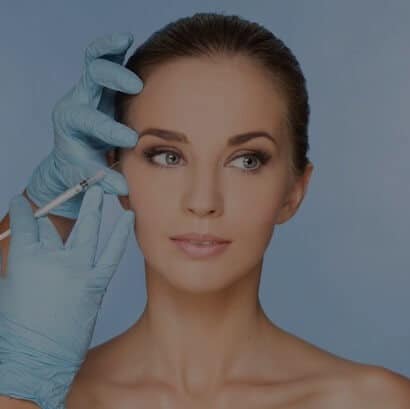
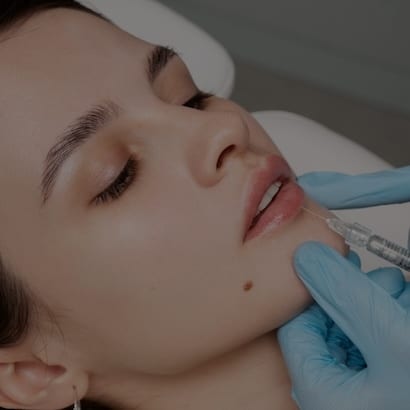
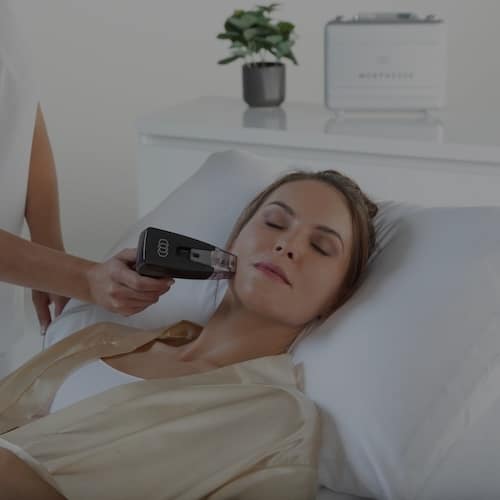
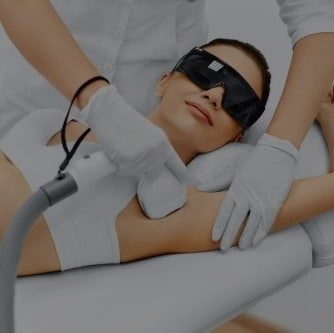
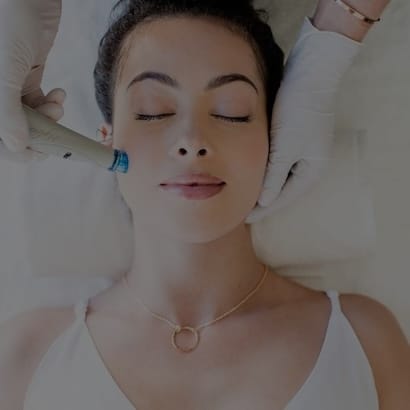
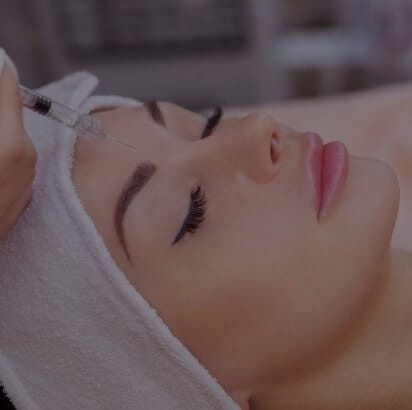
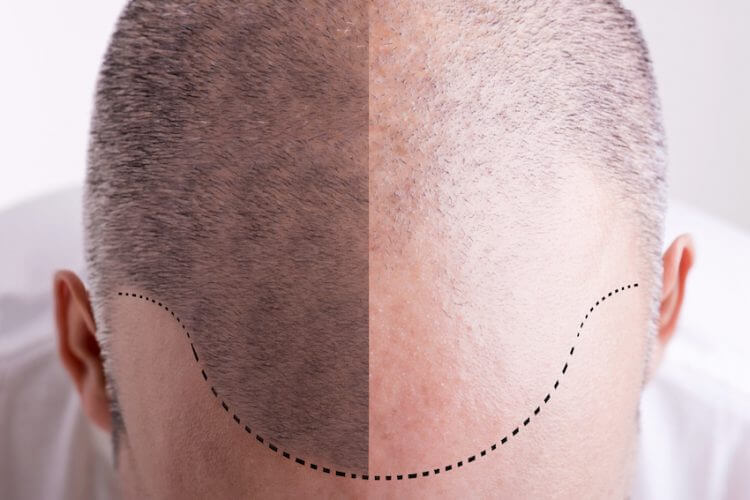
Regenerative
Hair Restoration
Men and women of all ages suffer from extensive hair loss, deriving from a multitude of reasons. Thanks to technological and medicinal advancements with platelet-rich plasma (also known as PRP), patients are now able to stimulate the regrowth of hair and promote the human body’s own amazing capacity for regeneration.
